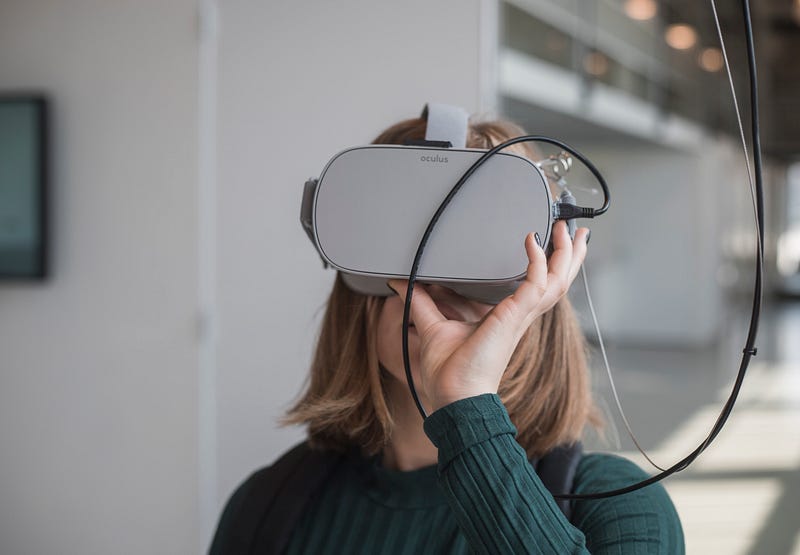"The Future of Marketing: The Rise of Augmented and Virtual Reality for Immersive Customer Experiences"
“The Future of Marketing: The Rise of Augmented and Virtual Reality for Immersive Customer Experiences”

Introduction:
Marketing has evolved significantly over the years, from traditional print and radio ads to online and social media campaigns. However, a new wave of technology is set to revolutionize the way brands engage with their customers — augmented and virtual reality (AR/VR). In this research paper, we will explore the current state and projected growth of AR/VR in marketing, the benefits and challenges of implementing AR/VR marketing campaigns, and some of the notable success stories and emerging trends in the industry.
Current State and Projected Growth:
The global AR/VR market is projected to reach $209.2 billion by 2022, with a compound annual growth rate (CAGR) of 48.4% from 2016 to 2022 (MarketsandMarkets). This growth is attributed to the increasing adoption of AR/VR in various industries, including marketing. According to a survey by Harvard Business Review, 68% of companies have already incorporated AR/VR in some form, and another 16% plan to do so in the next 12 months.
Benefits and Challenges of AR/VR Marketing:
AR/VR marketing campaigns offer several benefits, such as increased engagement and brand awareness, improved customer experiences, and the ability to showcase products or services in a more immersive way. For example, IKEA’s AR app allows customers to virtually place furniture in their home before making a purchase, while Coca-Cola’s VR experience takes users on a virtual tour of a soda factory.
However, there are also challenges to implementing AR/VR marketing campaigns, such as high costs, technical limitations, and potential user discomfort or disorientation. Brands must carefully consider whether AR/VR is the right fit for their marketing goals and target audience.
Success Stories and Emerging Trends:
Some notable success stories in AR/VR marketing include Pepsi’s “Uncle Drew” campaign, which used AR to transform NBA player Kyrie Irving into an elderly street basketball player, and the New York Times’ VR documentary “The Displaced,” which immerses viewers in the lives of child refugees. Emerging trends in the industry include the use of AR/VR in e-commerce, live events, and social media marketing.
Conclusion:
AR/VR technology offers exciting new opportunities for brands to engage with their customers in a more immersive and interactive way. However, careful consideration and planning are necessary to ensure that AR/VR campaigns are effective, engaging, and aligned with marketing goals. With the projected growth of the industry and ongoing advancements in technology, the future of marketing looks to be an exciting one for brands and consumers alike.

Comments
Post a Comment